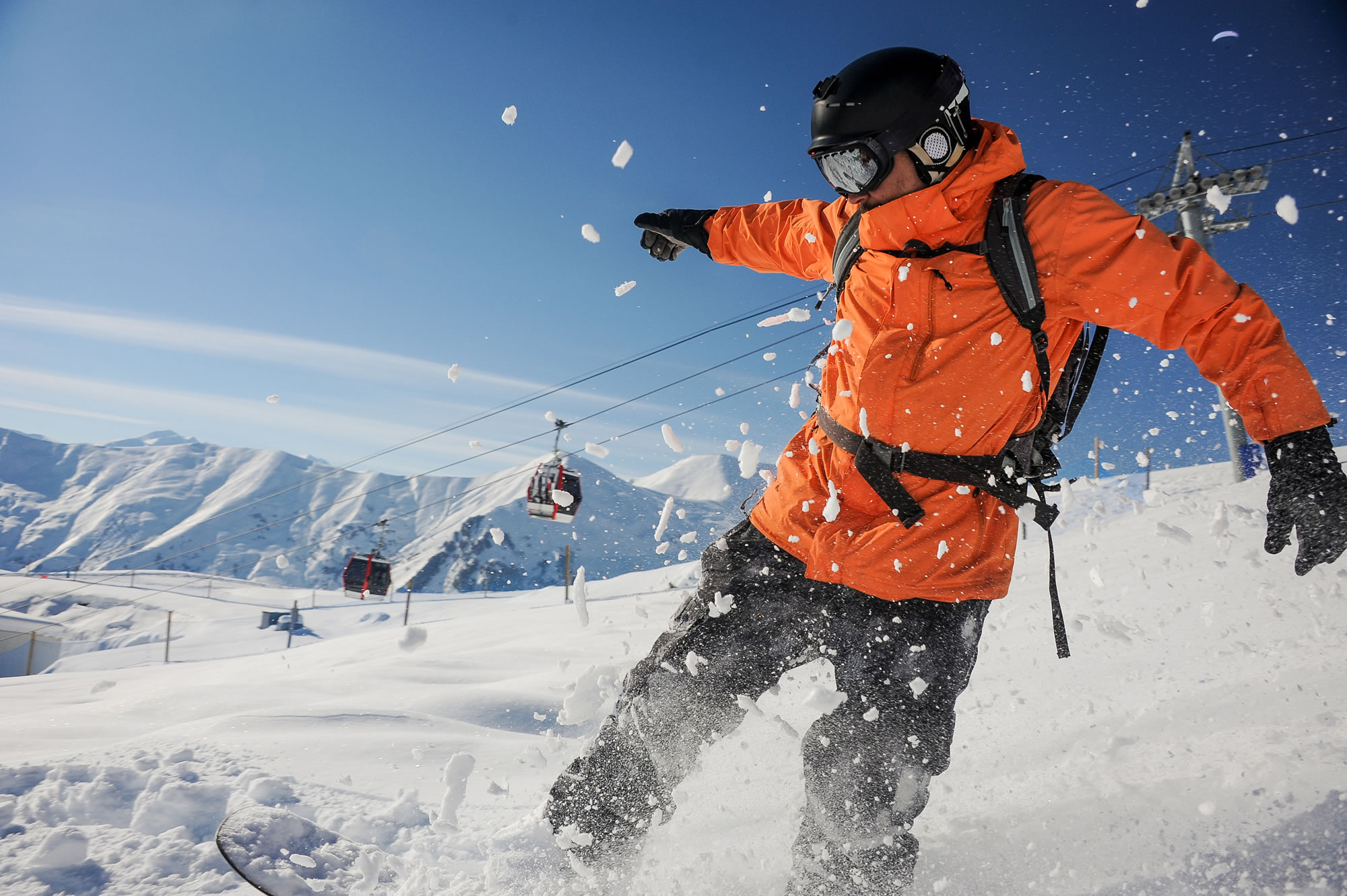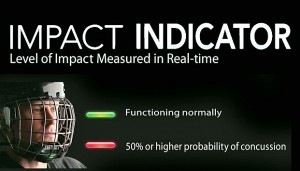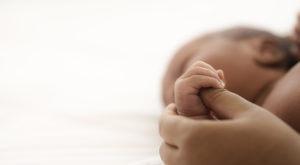It’s official. The snow is now falling on BC’s coastal mountains. And another La Nina year means a forecast calling for greater than average snowfall. Skiers and snowboarders rejoice.
Before hitting the slopes, I thought it wise to revisit some alpine safety sense.
First and foremost: avoid head injuries.
The most serious ski and snowboard injury is a head injury. Concussions represent 1 in 10 ski injuries and slightly more for snowboarders.For both groups, traumatic brain injury (TBI) is the leading cause of death. Between 50% and 88% of deaths are related to TBI.
Wear a helmet. Studies show that for every ten people who wear a helmet, up to five may avoid injury. It’s important that your helmet is properly fitted and secured. It’s also a good idea to replace old helmets or one that has been dropped or damaged.
Some more safety tips to consider:
- Check your equipment before hitting the slopes. Avoid ankle injuries by double-checking that your bindings are secure and in proper working order.
- Be aware of your physical limitations. As with any sport, skiing and snowboarding require some basic conditioning so as not to upset any muscles that may have been on hiatus in the warmer months.
- Stay within your ski hill’s boundaries. Every year we hear tragic stories of those lost, injured, or worse after heading out of bounds to find an untouched patch of snow. Don’t try your luck.
Once you’re well prepared, enjoy yourself! Cypress, Whistler, and Grouse Mountains are now officially open for business. Blackcomb and Seymour Mountains won’t be far behind.







